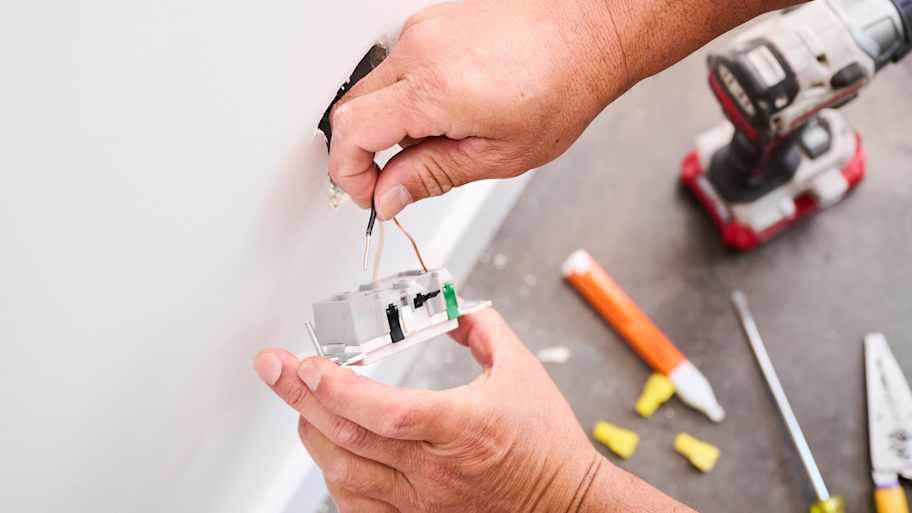In the modern age, electricity has become a necessity that is essential to the structure of the contemporary civilisation.
It is important to note that, despite its practicality, this device poses several hazards as well as the possibility of an accident.
If not handled carefully, this continuous flow of electrons can burn through living tissue.
Here is a List with Electrical Safety Tips for Home Use.
1. Do not mix water and electricity. Do not handle electrical outlets with wet hands, plug in appliances while standing on wet floors or using wet-hands to plug in the appliance.
2. Be sure to inform children of the dangers of exposed cables. It’s important that children are aware of the dangers of exposed electrical cables and downed lines in storms or power outages.
3. It is a good idea to replace extension cords that are frayed or broken as soon as possible.
4. Do not run extension cords, cables or wires under the rug. Avoid placing flammable items such as furniture or flammable appliances near electrical equipment.
5. Portable air conditioners and heaters consume a lot energy. You should plug them into an electrical outlet.
6. Extension cords should be used sparingly. Always use a good quality, UL-certified one.
7. Electric equipment and appliance cords are often equipped with a third prong. This prong is an important safety feature to ground the current. When operating the device, make sure it’s not broken or torn.
8. It is better to spread the load of electrical appliances across multiple outlets. This will reduce the risk that circuits are overloaded.
9. Check that your GFCIs are installed and working correctly.
Many older homes were built before the installation of advanced electrical codes. Around sinks in the kitchen and bathroom are important areas for safety.
What is a GFCI outlet?
A GFCI device is a safety device that is designed to shut off power when an imbalance between the incoming and emitted currents is detected.
The GFCI outlet is designed to protect us from electrical shocks and electrocution. It does this by immediately cutting the power if a fault in the grounding system is detected.
The Canadian Electrical Code (CEC) and the NEC require ground fault circuit interrupters in any area of the house that is near water, such as the bathroom, kitchen, or laundry room.
It is important to perform periodic checks on the GFCI receptacles in order to make sure that they are always working properly. A certified residential electrician should inspect a GFCI that trips frequently.
How to test a GFCI outlet
The GFCI outlet should be checked monthly and replaced every 10 years. Follow these simple steps to check if your GFCI is working properly:
Two small buttons are located on the cover of a GFCI receptacle. They are labeled test and reset. Push the test button to hear a snapping sound. This indicates that the receptacle is tripped.
You can test the GFCI unit’s performance with a voltage meter, or plug in a device like a radio or lamp.
Push the reset button once you’ve confirmed the CFGI receptacle works properly. This will restore power to the receptacle.
Call a professional if your GFCI does not work properly. Call a certified electrician for your electrical system to ensure that it complies to the applicable electrical codes.
The benefits of installing GFCI outlet
Installing GFCI outlets with the help of PERL Electrical will give you peace of mind that your family is protected from electrical electrocutions.
- Avoid Shocks
- Reduce the Risk of Electrocution
- Avoid fatal electrical fires
- Protect Appliances from Damage
For safety, install GFCI outlets at wet or damp areas. Work with residential electricians who are licensed. Safety is priceless and GFCI outlets can bring you peace-of-mind.
10. Check that all of your bulbs are at the recommended wattage. Verify that all bulbs are not exceeding the recommended wattage. A lightbulb that is “too warm” can cause a fire.
A residential electrician can assist you by checking your home and ensuring that everything is in working order.
